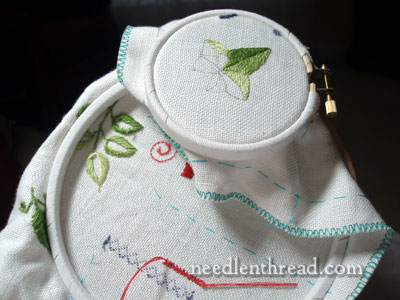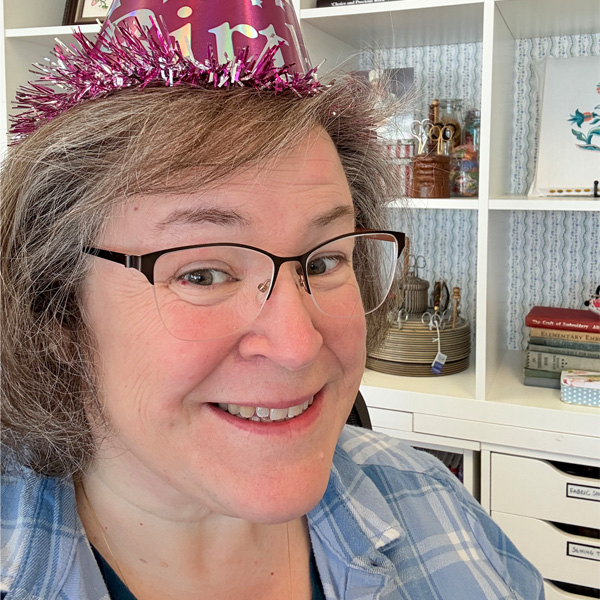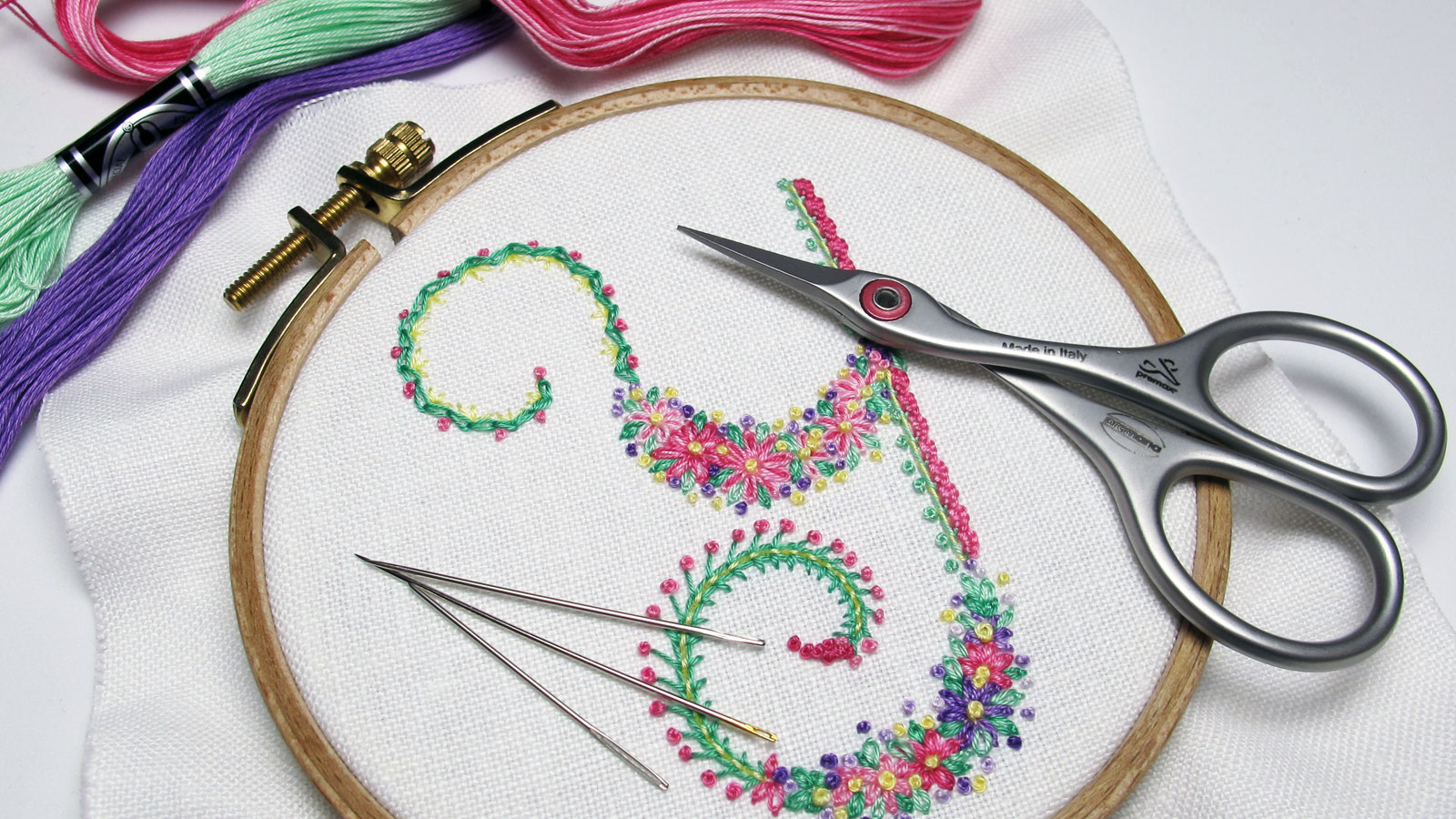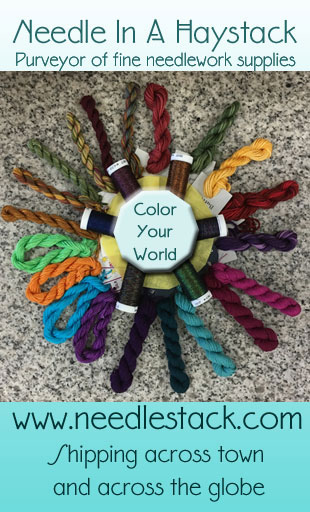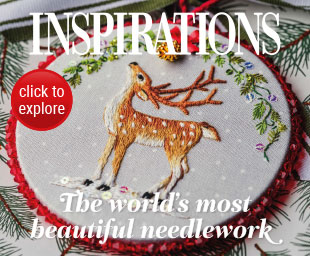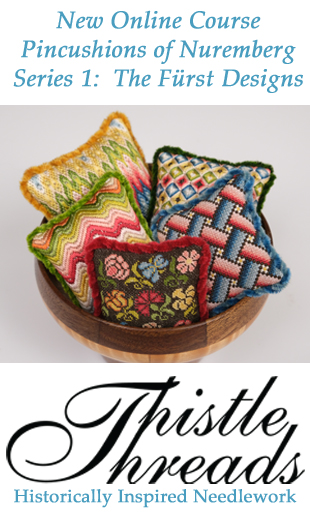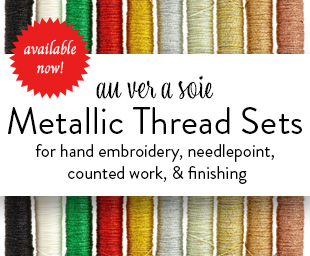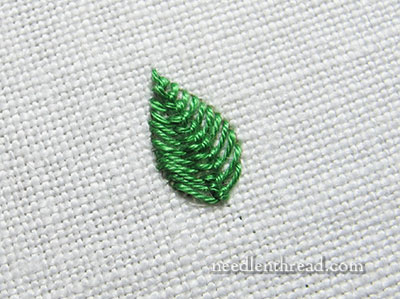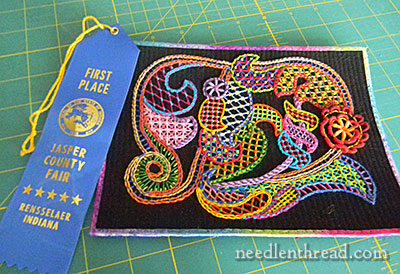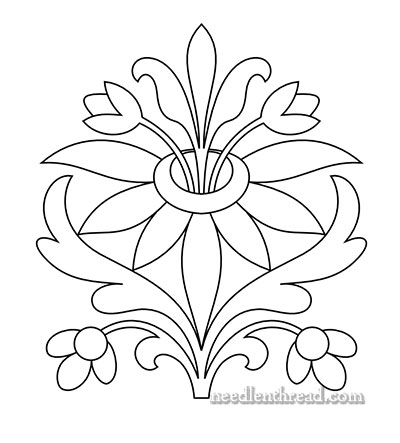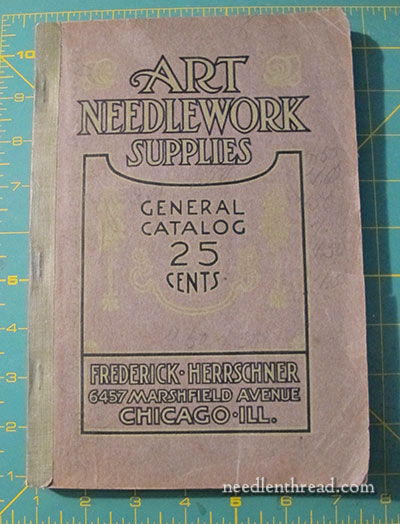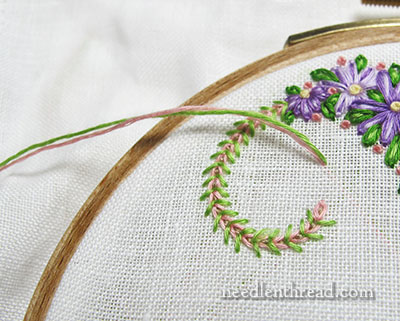Here it is!! Your opportunity to learn needle painting from Tanja Berlin!
Tanja Berlin is a graduate of the Royal School of Needlework. A resident of Canada, she travels the world teaching various embroidery techniques, from needle painting, to blackwork, to goldwork, to whitework, to shadow work, to crewel (you name it!), making these embroidery techniques accessible for the very beginner (and beyond).
Tanja has a wonderful website – Berlin Embroidery – that offers detailed and well-written kits for all kinds of embroidery techniques.
She also has a wide range of goldwork supplies available on her site. In fact, hers was the first online store in North America (to my knowledge) that offered extensive goldwork supplies. She’s the one I blame for my obsession with goldwork…
Tanja is now offering occasional online embroidery classes on her website, and right now, she’s running a needle painting class for The Purple Pansy.
 Continue reading “Needle painting with Tanja Berlin – Class & Kit Give-Away!”
Continue reading “Needle painting with Tanja Berlin – Class & Kit Give-Away!”
